What if there were a method that increased the likelihood of your new hire staying with your company by over 80%, and also increased their productivity by 70%? Such a method does exist: a clear, concise, and purposeful onboarding process.

Source: Talent Insight Group, “The Impact of Effective Onboarding”
The onboarding process is a new employee’s first true impression of your company. As the saying goes, you don’t get a second chance to make a first impression, so taking the time to develop your onboarding process beyond filling out paperwork can offer significant benefits in employee engagement and retention.
Here are the major components of a well-rounded onboarding process:
-
Clear expectations: In addition to their job responsibilities, ensure your new hire knows what your company is trying to do and why you are trying to do it. This will help them to understand how they fit into the company and the impact of their role on the business.
-
Structured training programs: Prior to your new hire’s first day, take the time to break down the position into manageable chunks of training time, and determine what needs in-person training versus what can be learned through self-study.
-
Mentorship and buddy system: Providing your new hire with a mentor (to help them grow professionally) will aid their productivity, while providing them with a buddy (to help them navigate the organization) will smooth their transition from new hire to team member.
-
Social integration: Take the time to introduce new employees to your team, and provide opportunities for casual conversation (such as team lunches) and team-building activities (such as volunteering with a charitable organization). A sense of belonging is a powerful factor in employee retention!
-
Feedback: Establish regular opportunities for new hires to provide feedback about the onboarding process, such as weekly sit-downs with their direct supervisors, or surveys about their onboarding experience at the 30, 60, and 90-days of employment marks. This feedback will help to fine-tune your onboarding process for future new hires.
The process of building your team doesn’t stop when the job opening has been filled. The development of a robust onboarding process is an investment that can yield visible results in the growth and development of your business.


